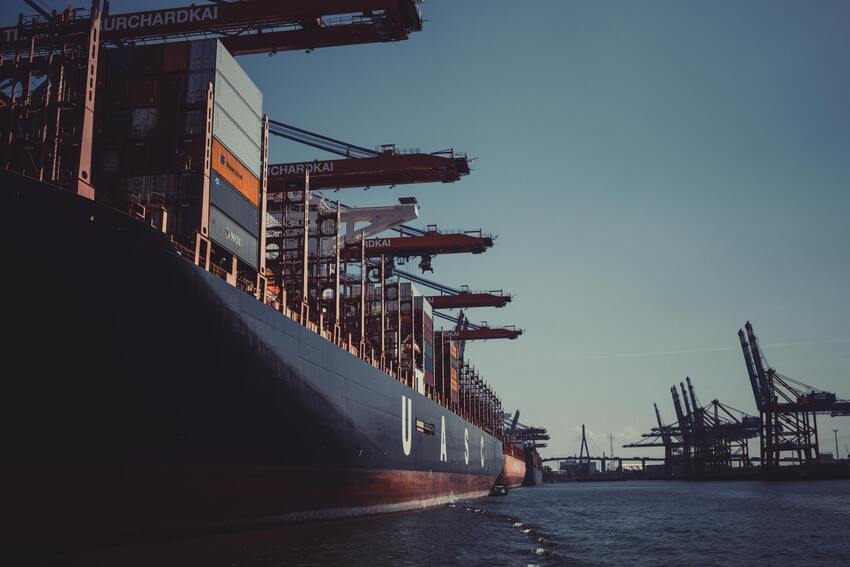In maritime transport, current legislation must be complied with in order to be able to operate smoothly in international trade. In this sense, the Bill of Lading (B/L) is a document of great importance, which is regulated by the Brussels Convention in 1924. However, it has undergone some modifications over time to adapt to current times.
Bill of lading functions
It should be noted that this document is very common due to the fact that a large number of companies operate on a daily basis and transport large volumes of goods by sea. The shipping company or an accredited agent is the competent authority to issue in order to certify that it has received a shipment and then make it arrive at the port of reference.
Therefore, the mission of the ocean bill of lading is key in logistics. It is an instrument that accredits the contract to be able to operate in a waterway or maritime route. Therefore, it will meet the following criteria and has a triple function.
- It is used to verify the condition of the goods at the time of receipt.
- This documentation contains the conditions and obligations of both parties: importer and exporter.
- This proof guarantees the existence of a contract, thus allowing the goods to be picked up at destination.
In short, the goods must be inspected and the documentation must show that they are in perfect condition. Therefore, the term “clean” should be noted in the report. If this were not the case and anomalies were found, “dirty” would have to be written. It should be noted that only goods with the first denomination are shipped.
What rights does the bill of lading holder have?
Once we understand what the bill of lading is, it is also convenient to know what the holder’s rights are. This document regulates the legal framework between the parties for the execution of a contract for goods in this type of transport. The law offers a series of guarantees, which appear in articles 252 and following. LNM.
- The right to delivery of the goods.
- The right to refuse delivery until payment of freight.
- Protection as long as the good faith of the acquirer is determined.
- Proof of delivery of the goods.
Types of ocean bills of lading
In the
Bill of Lading
there is no single maritime shipping document, depending on a series of characteristics or specifications in the conditions of use, there are different types. In fact, the vast majority of importers do not even know what they are. The following is a list of possible options.
-
Bill of Lading with clause
This clause contains the related remarks or annotations, as appropriate, to put in writing possible defects in the packaging.
-
Bill of Lading
The B/L is a document that allows goods to be shipped at more than one loading point. If there is a large volume and more ports are to be used, this is the option.
-
Intermodal / multimodal Bill of Lading
On other occasions, the use of several transports or combining different options can be a good alternative to reduce shipping costs. In this case, it would be necessary to coordinate properly, although a single carrier means less paperwork and less time en route.
-
Bill of Lading negotiable
This type of documentation allows the cargo to be transferred to a third party, only if the consignee has approved the document. The carrier must issue the invoice stating that the goods are free of defects, thus serving as a contract for the terms of shipment.
-
Obsolete Bill of Lading
Finally, it should also be added that the document may become obsolete if it is submitted after the deadline. Each Bill of Landing has a completion date and the shipment may be rejected if it is extended 21 days beyond the stipulated date.
In short, the bill of lading is a document that guarantees a business a legal backing. In addition, if you know all the types that exist, you will be able to manage your company with greater confidence and operate with more peace of mind. In case of doubts, the person may contact the customs agency
customs agency
agency for proper advice.




